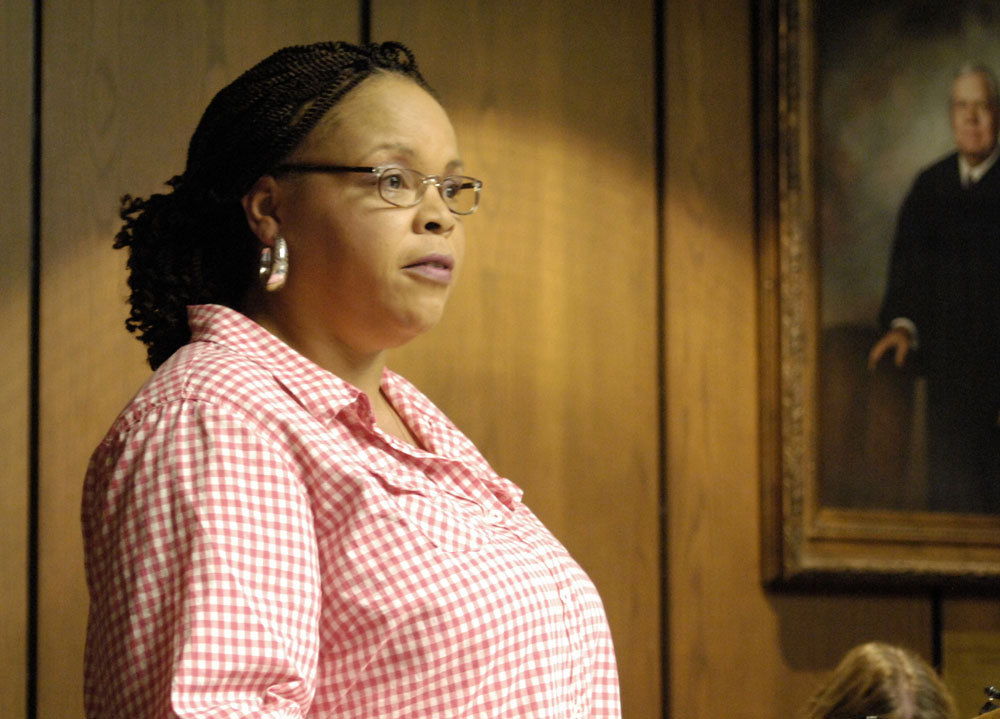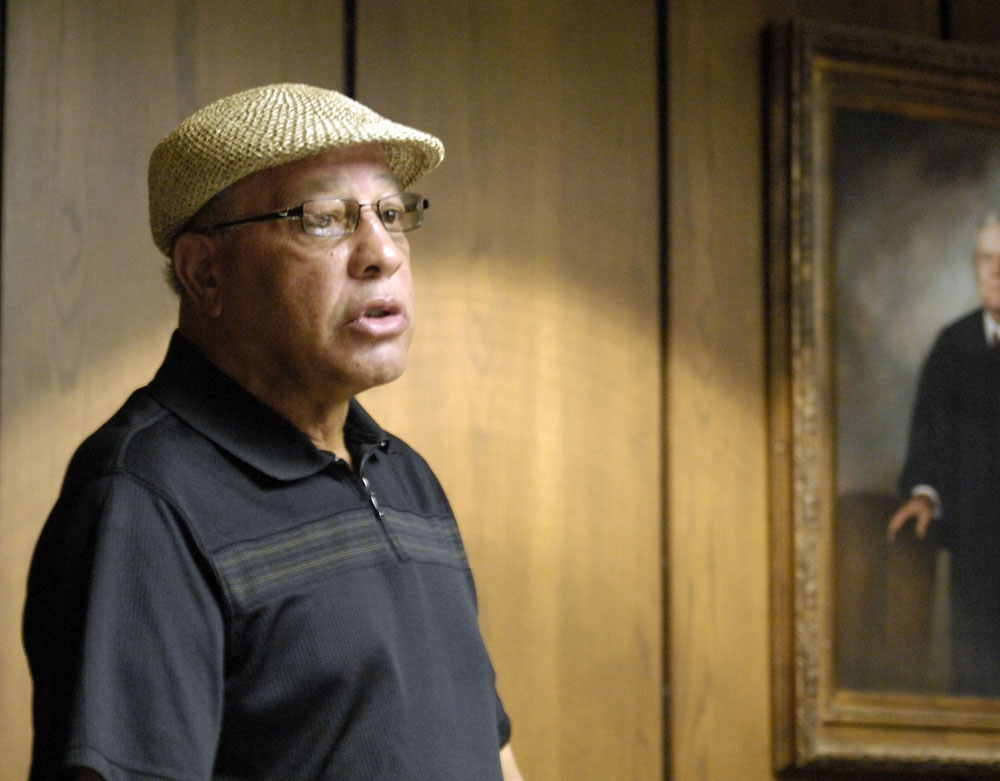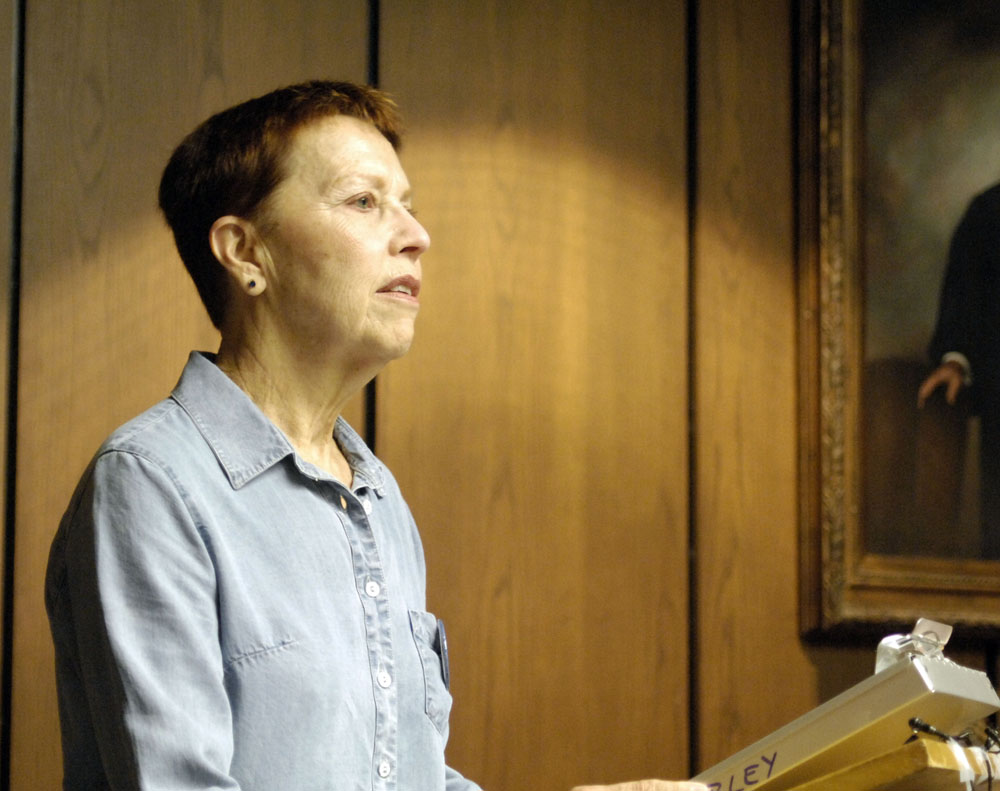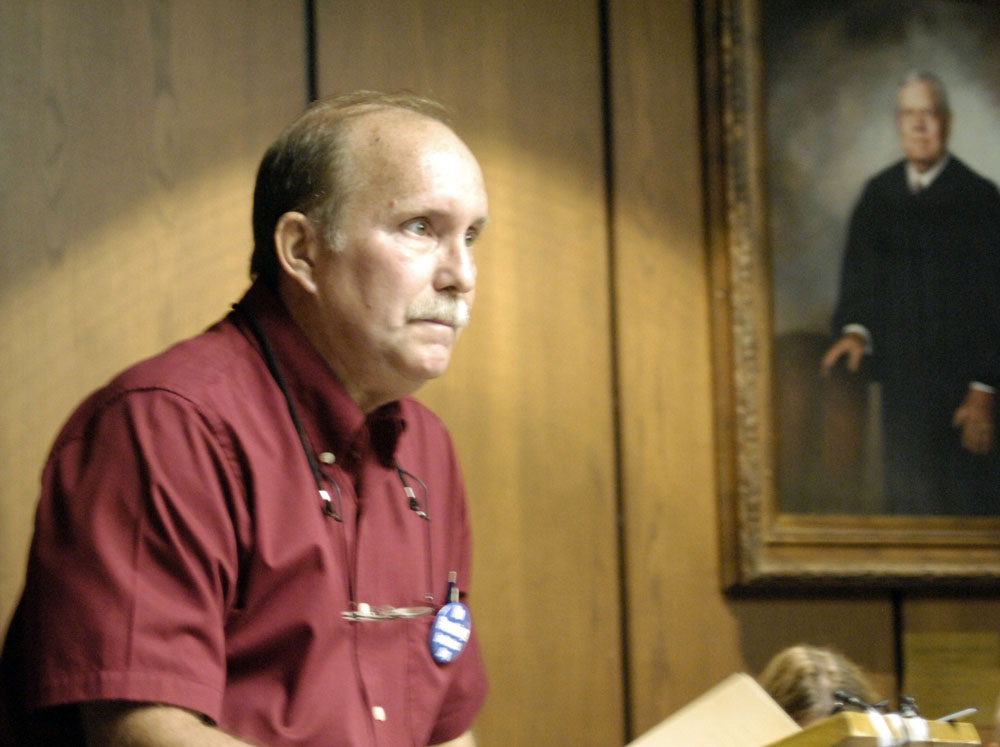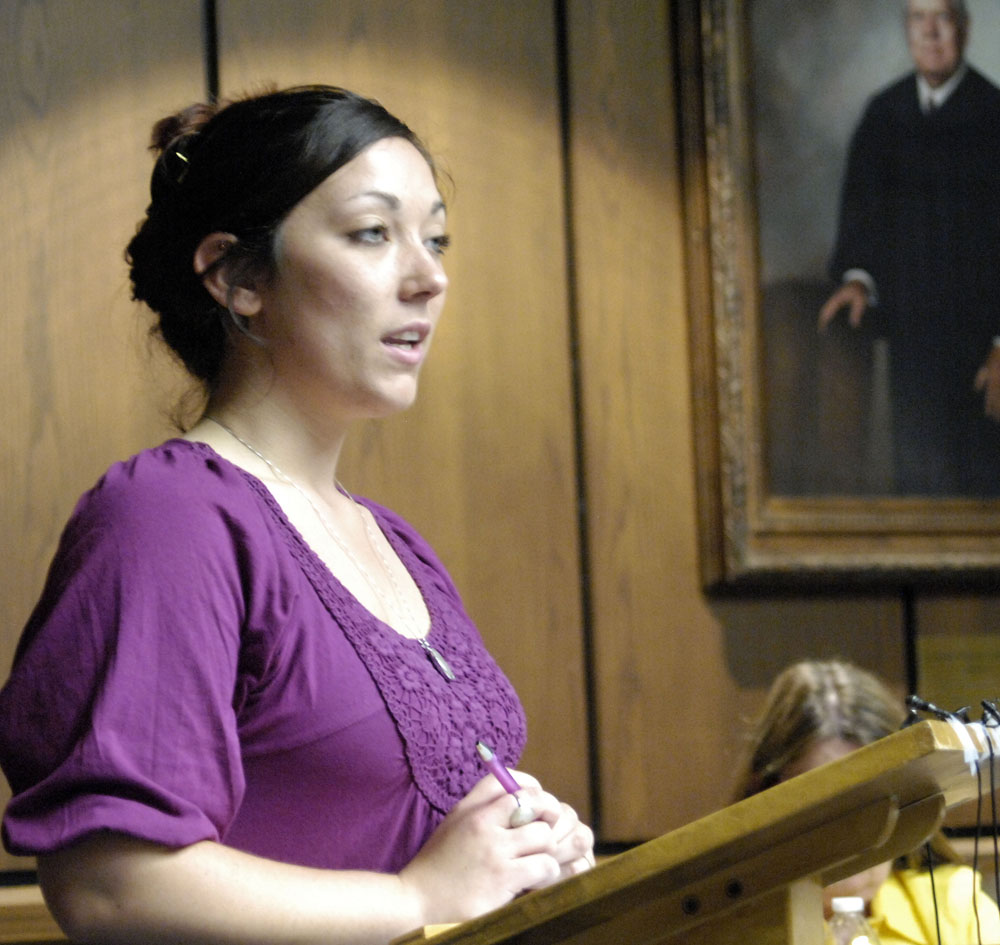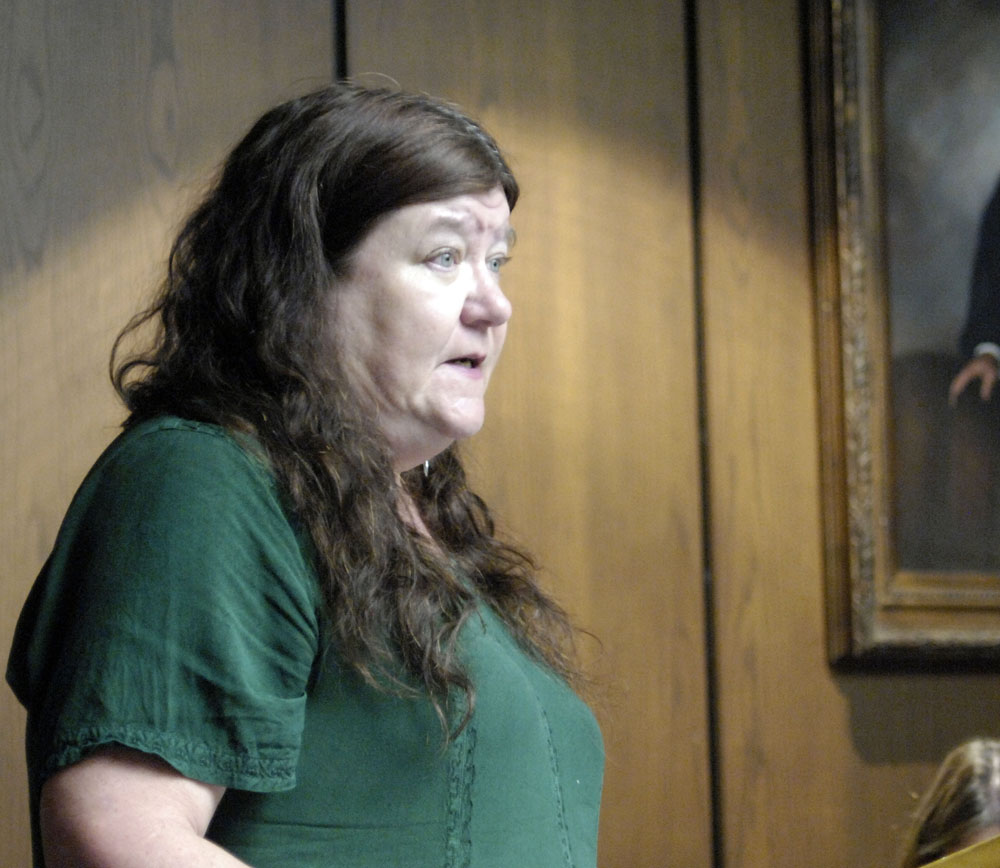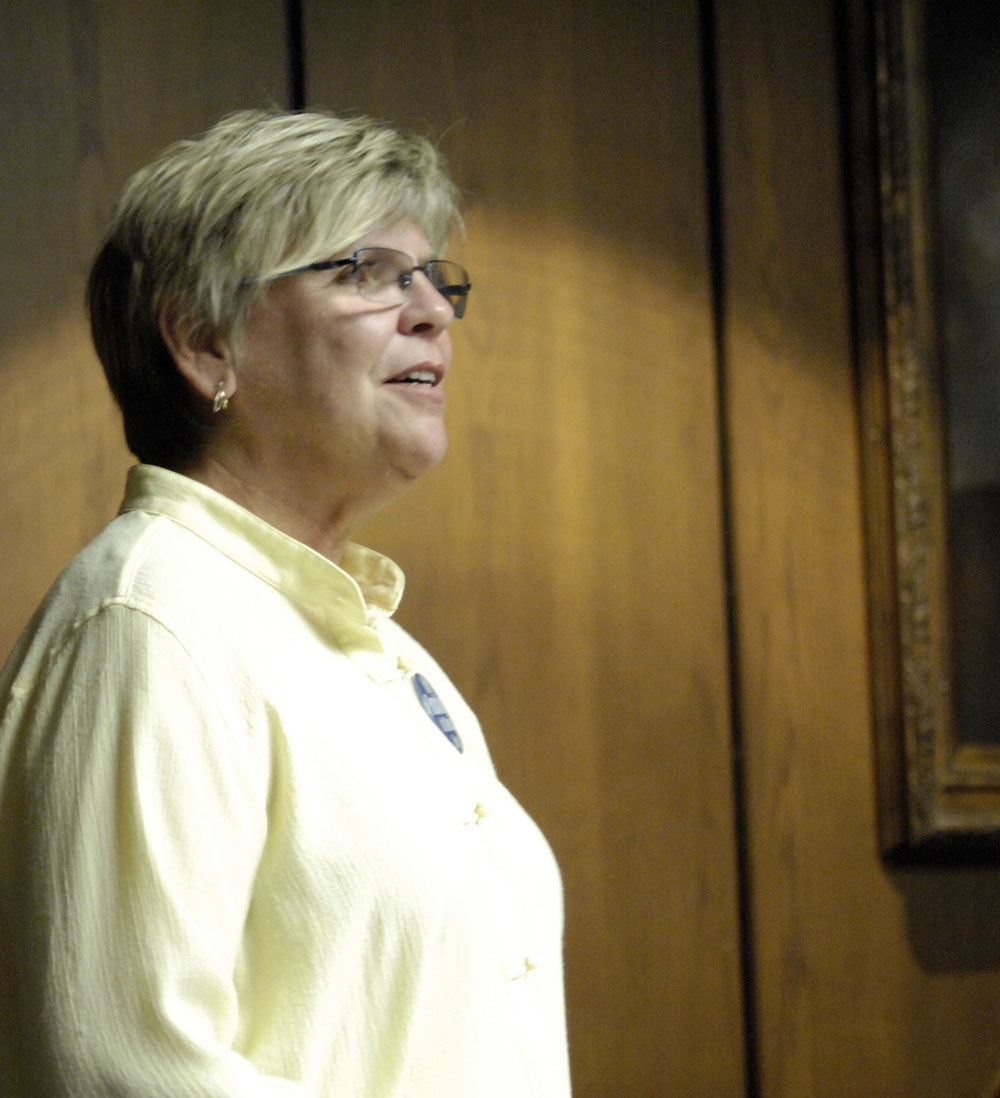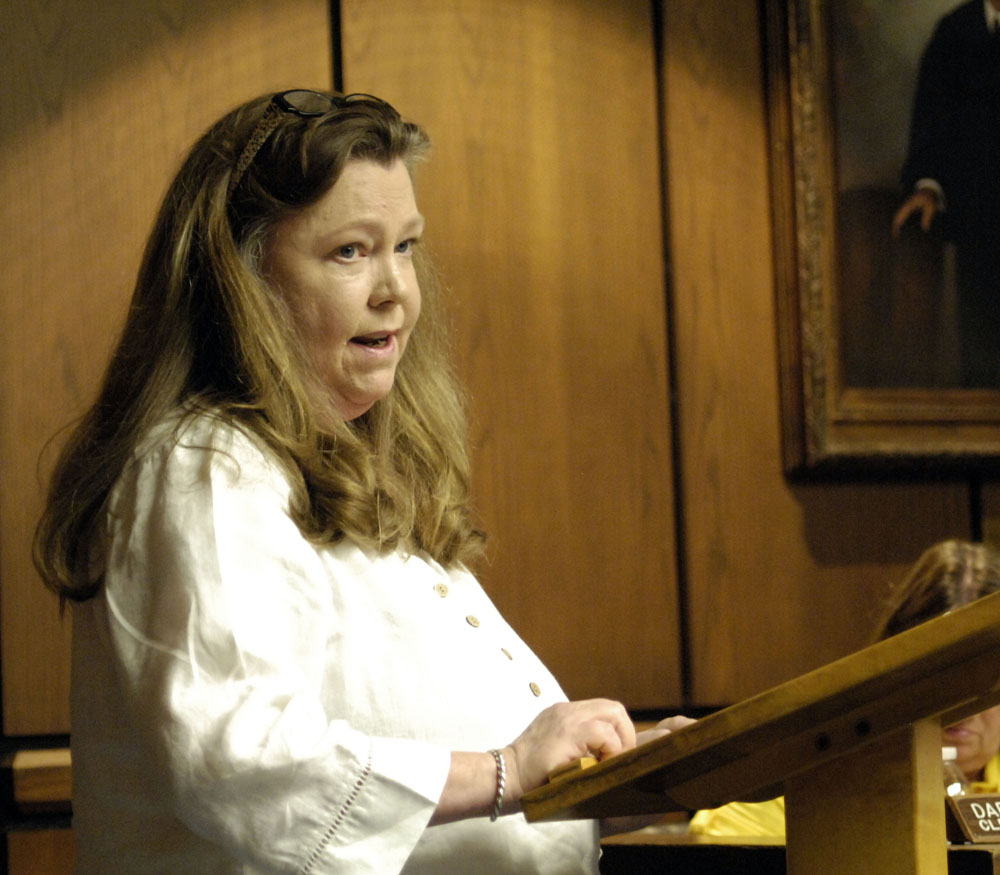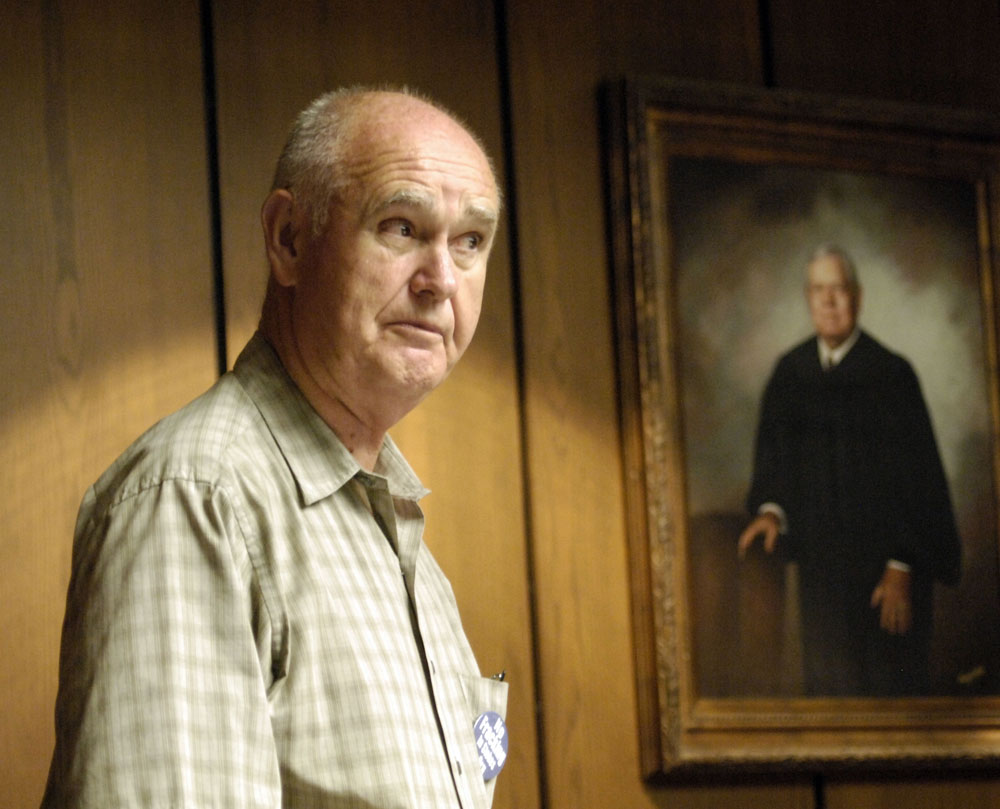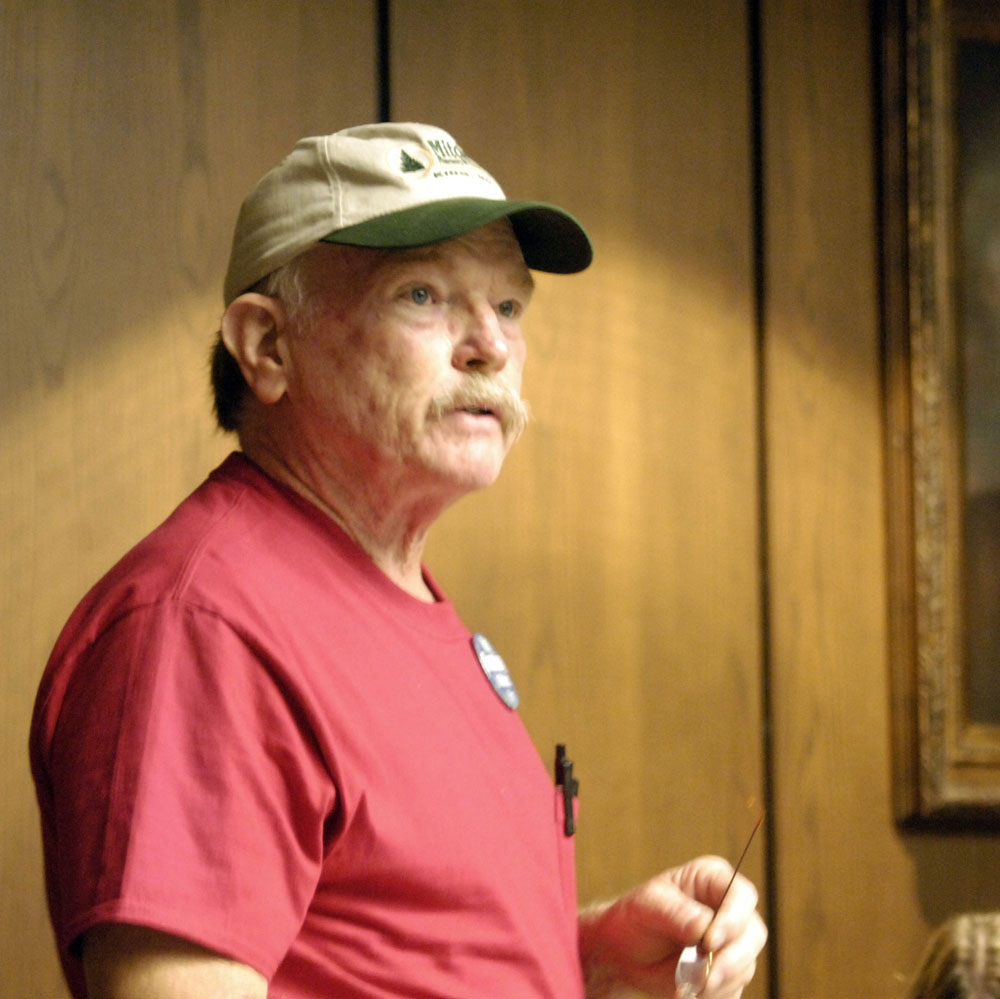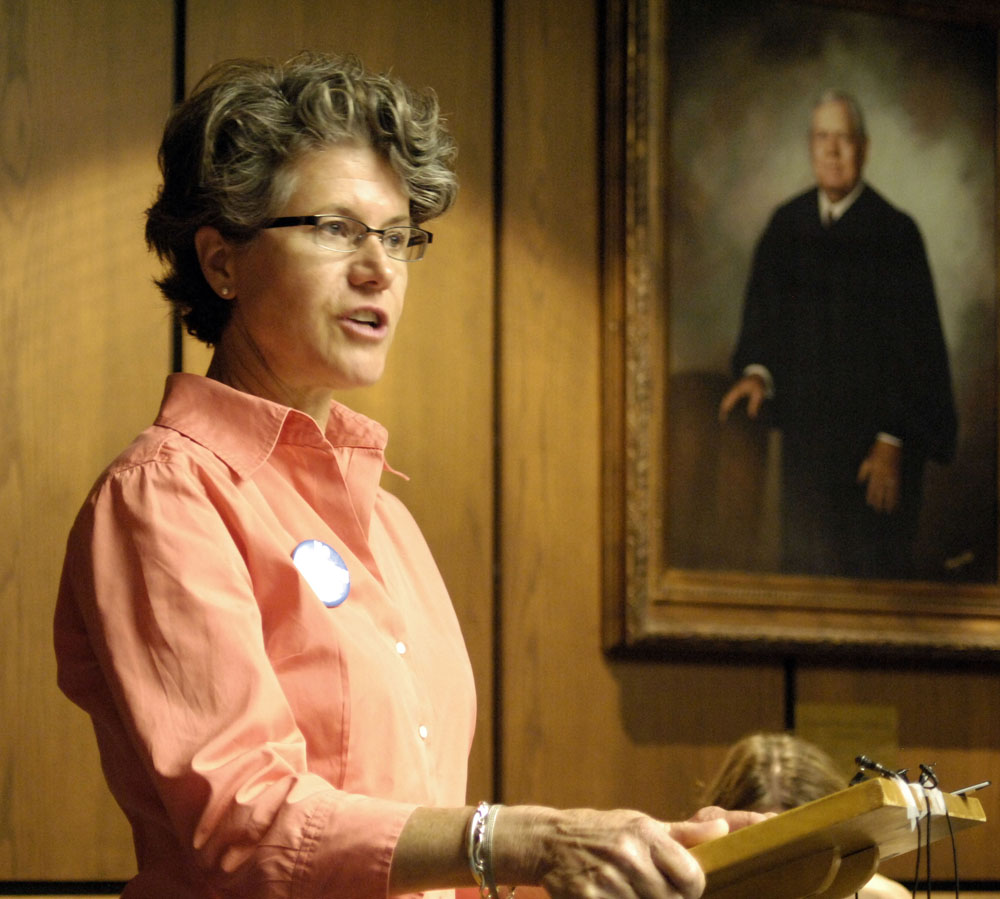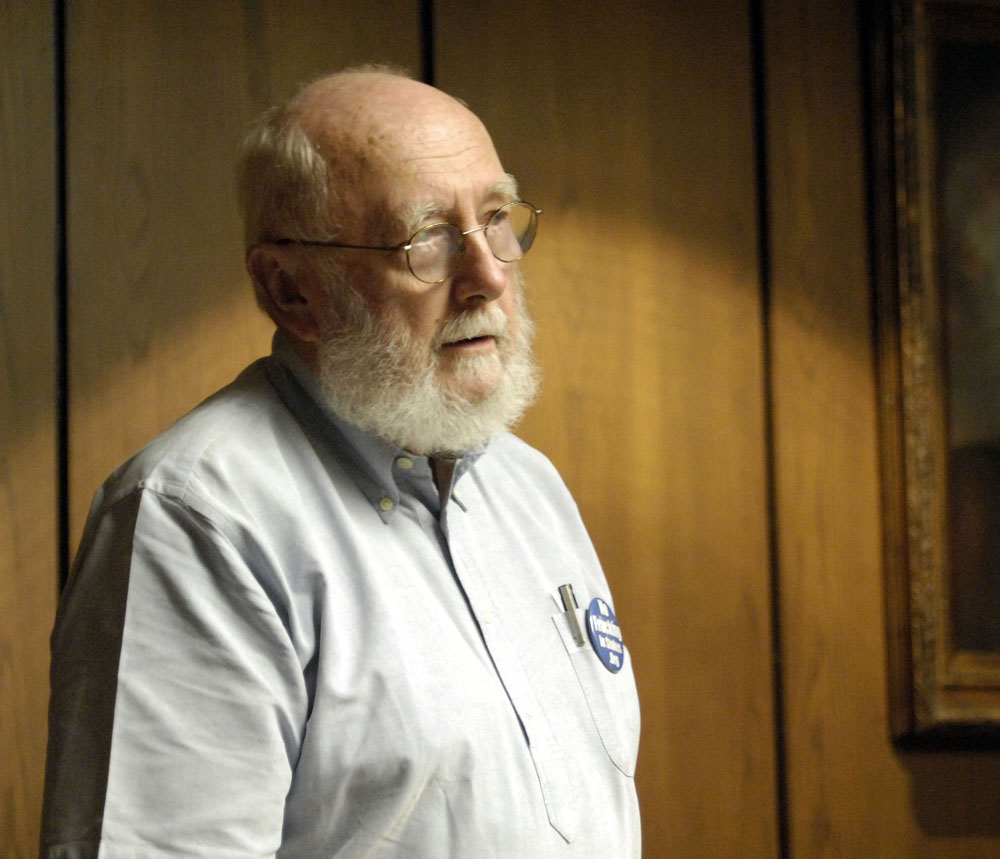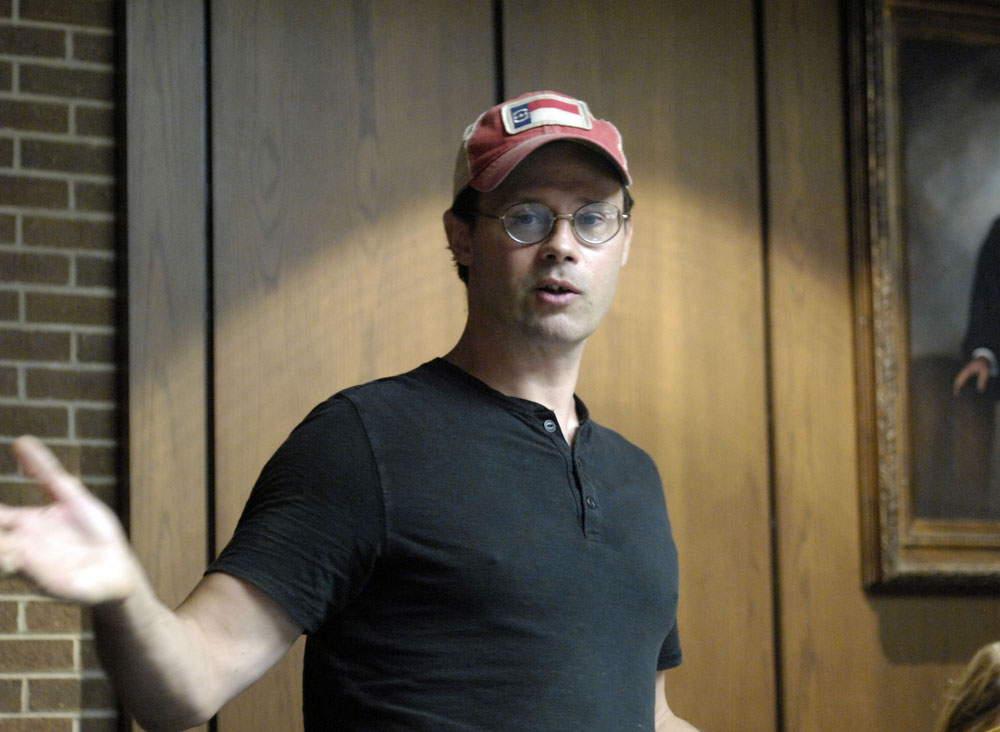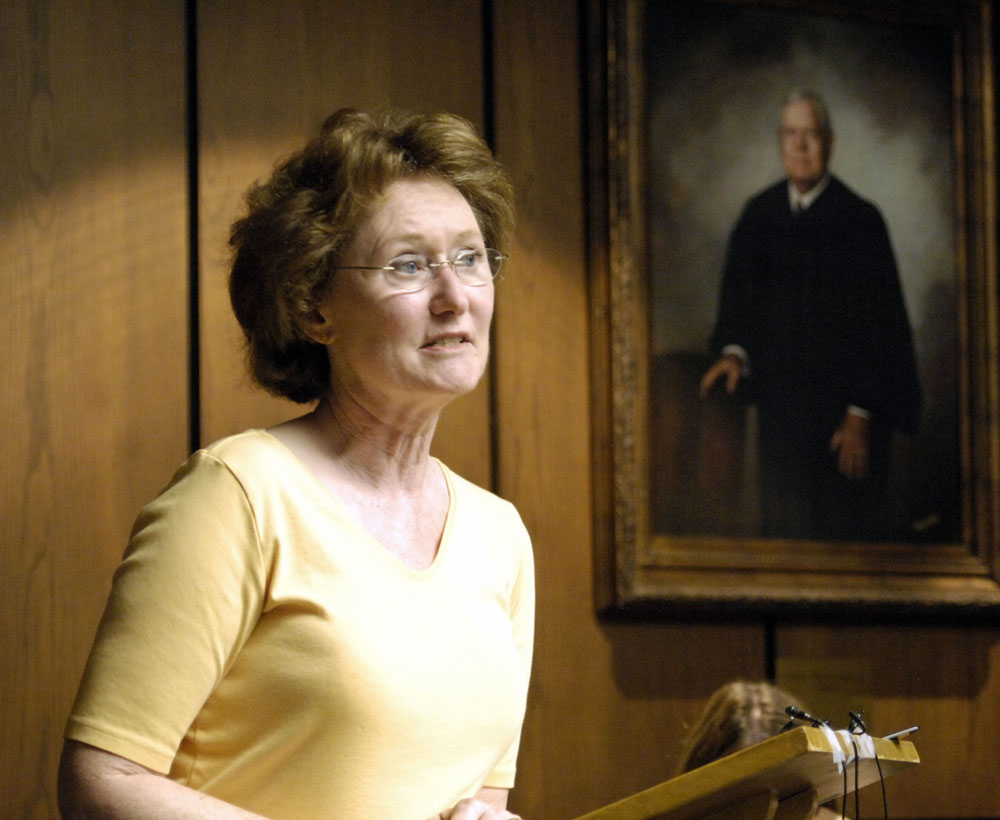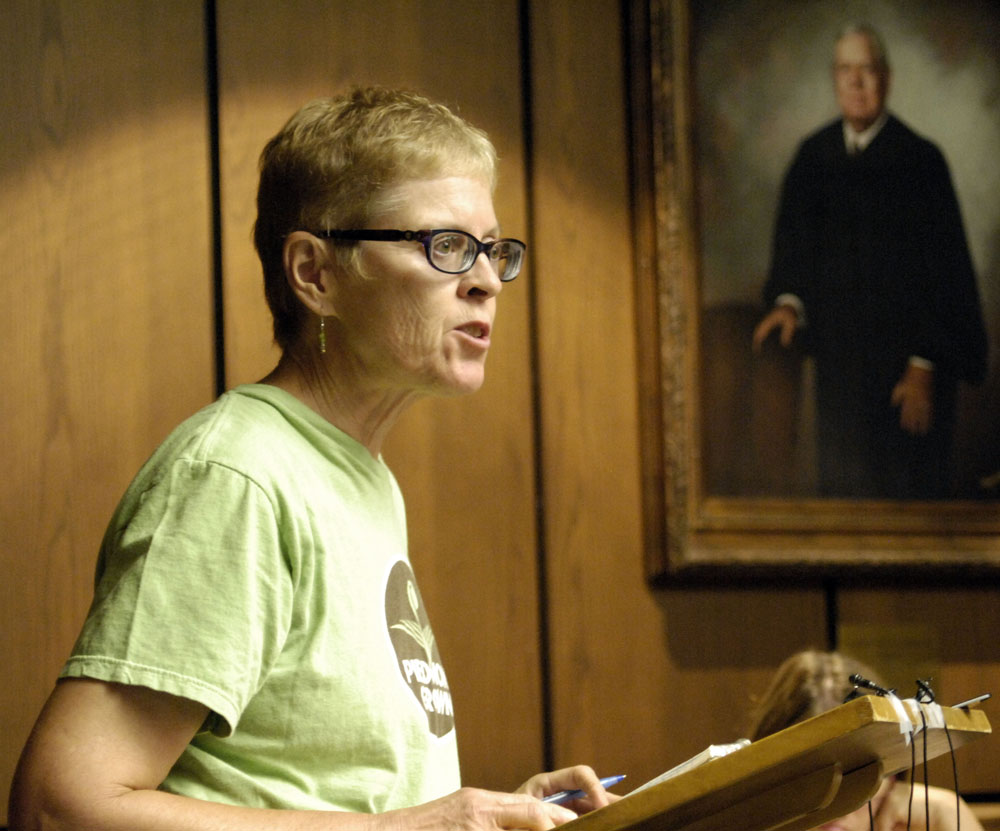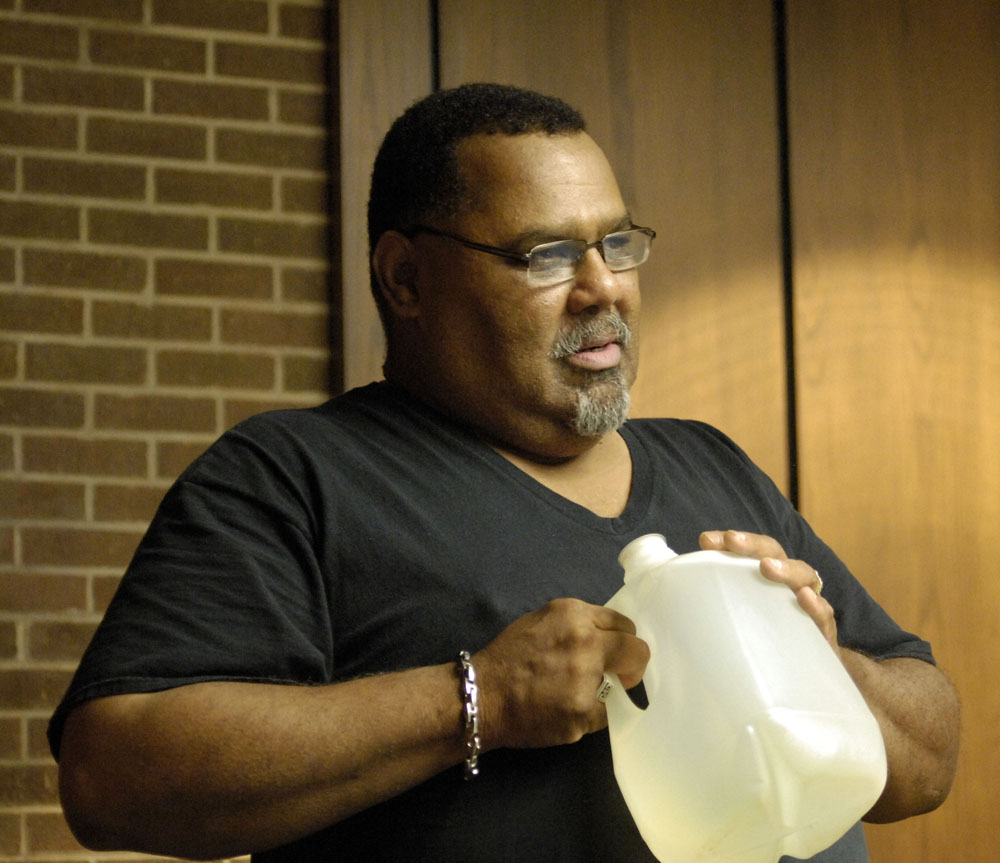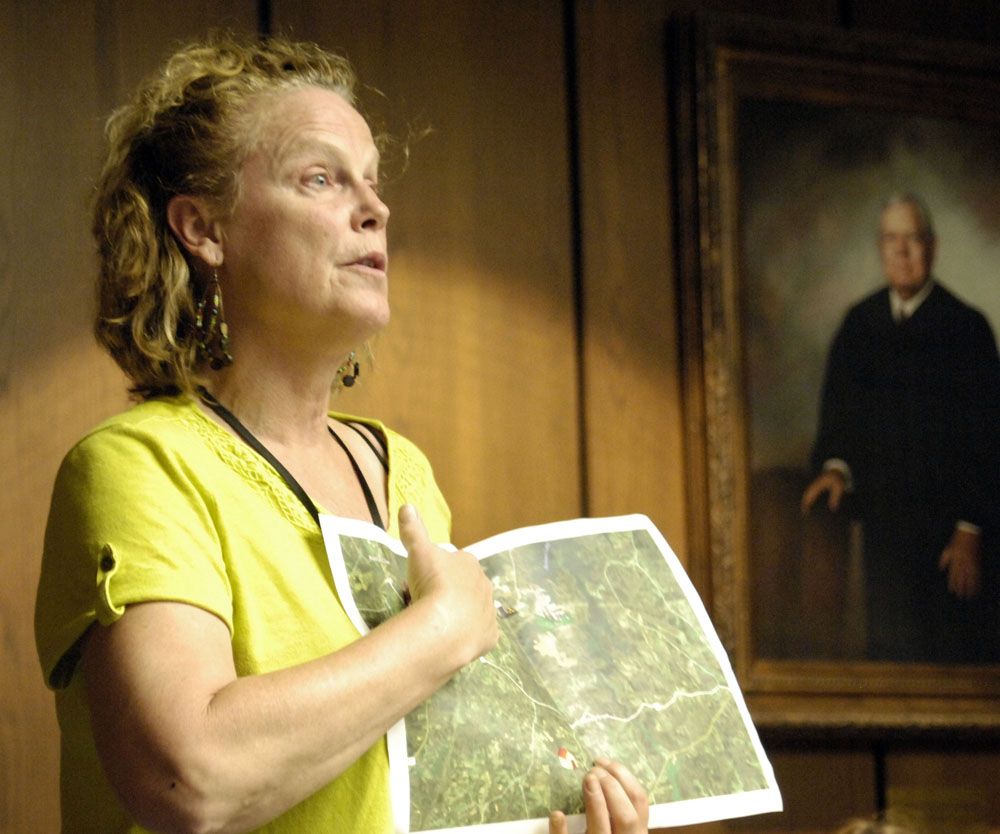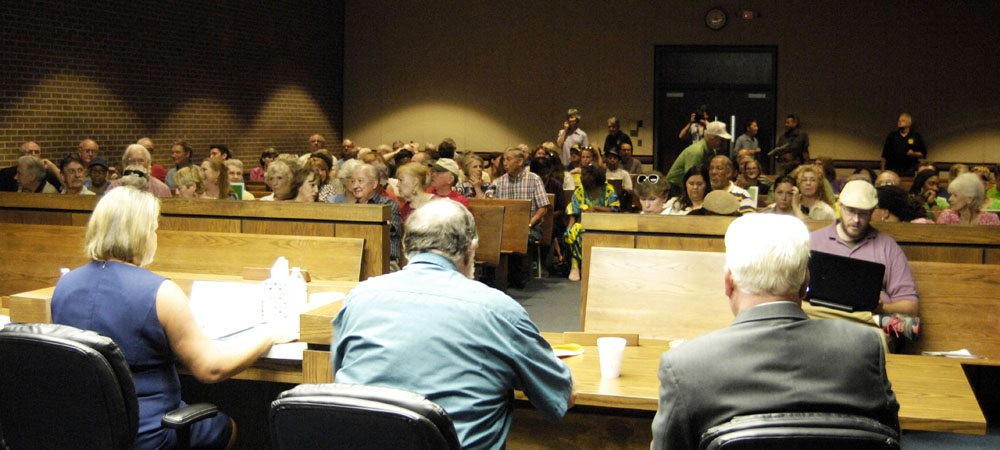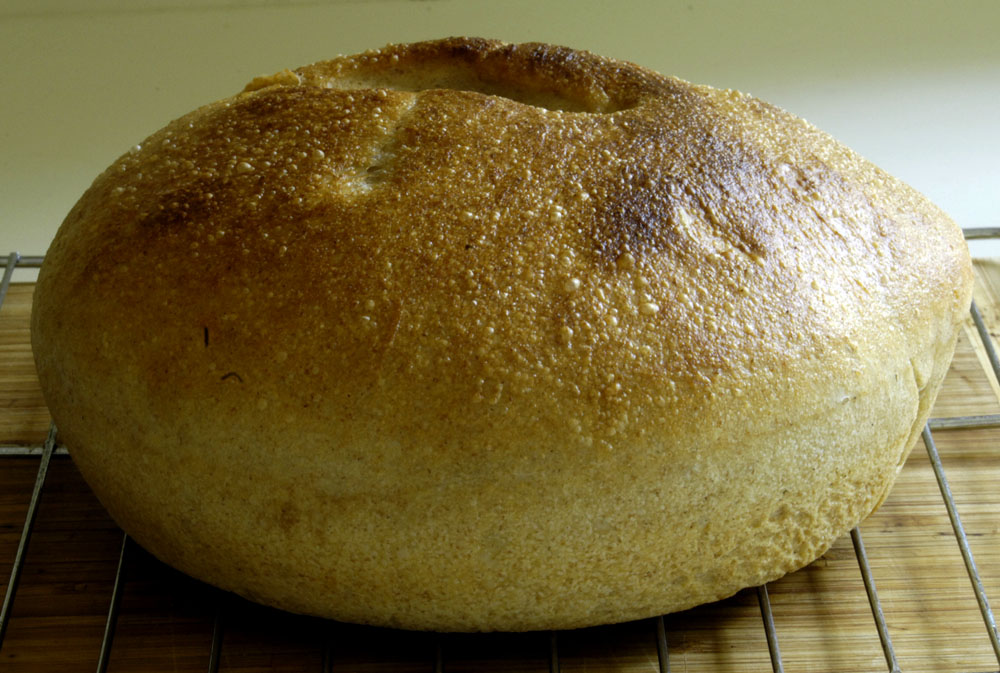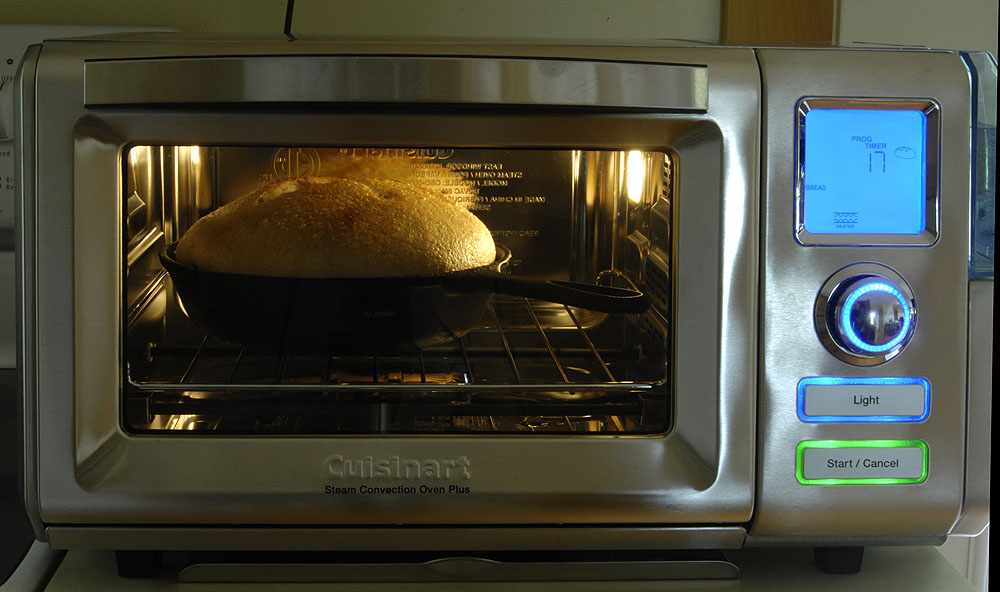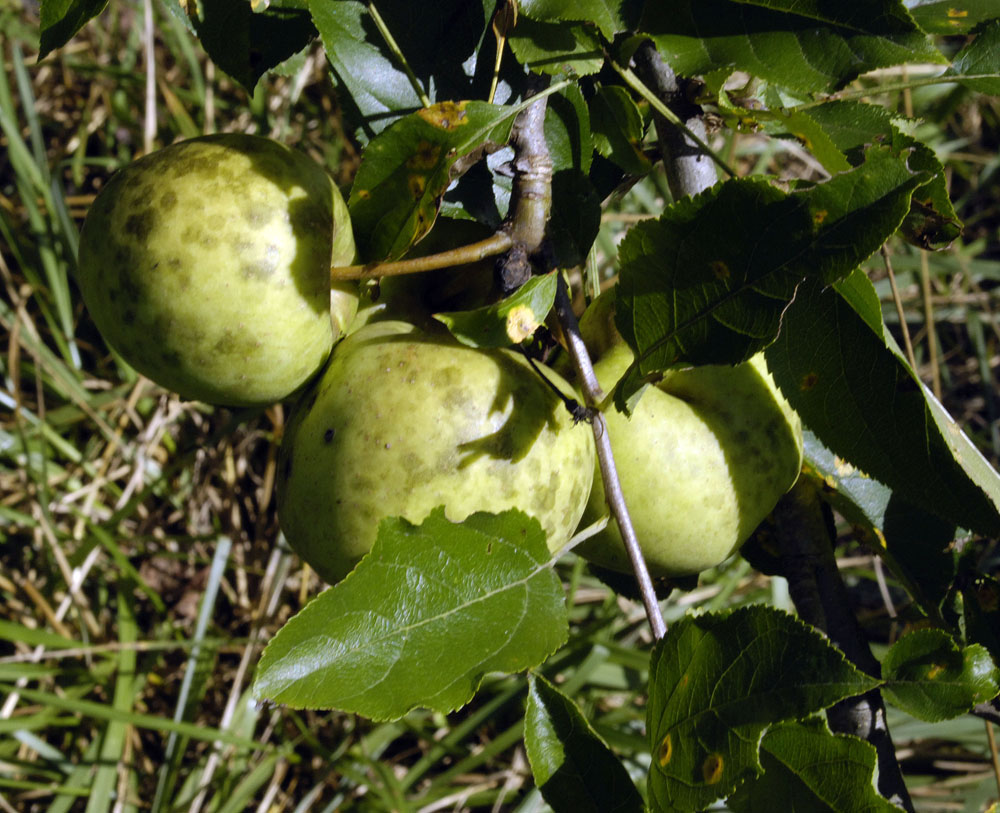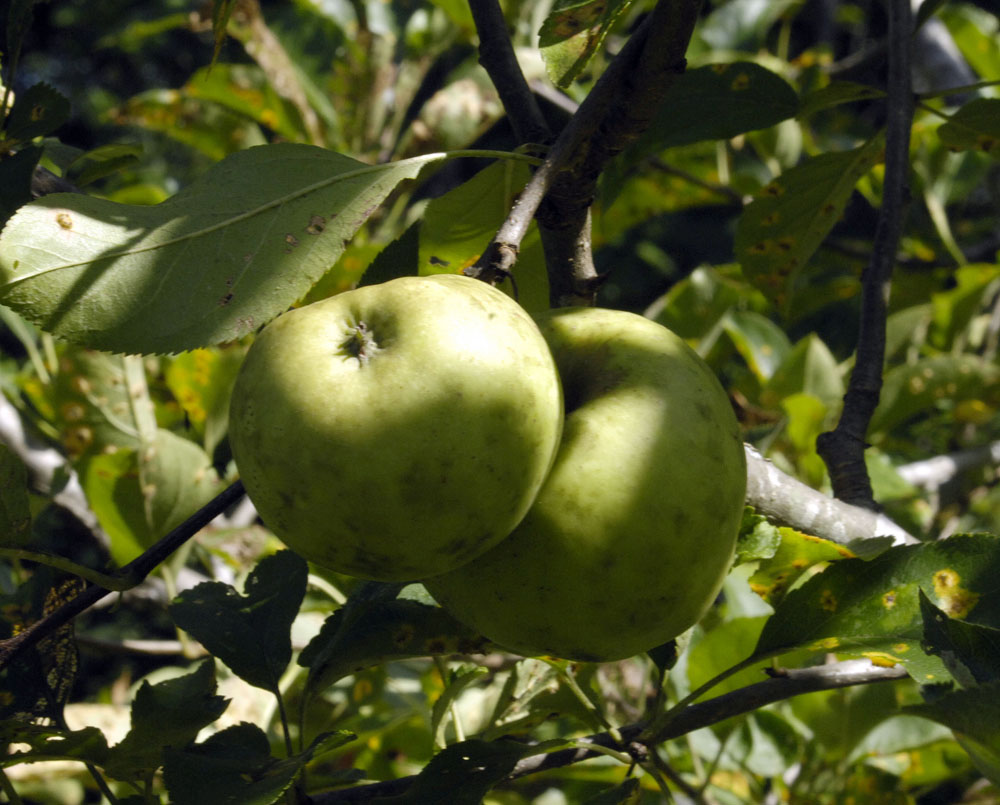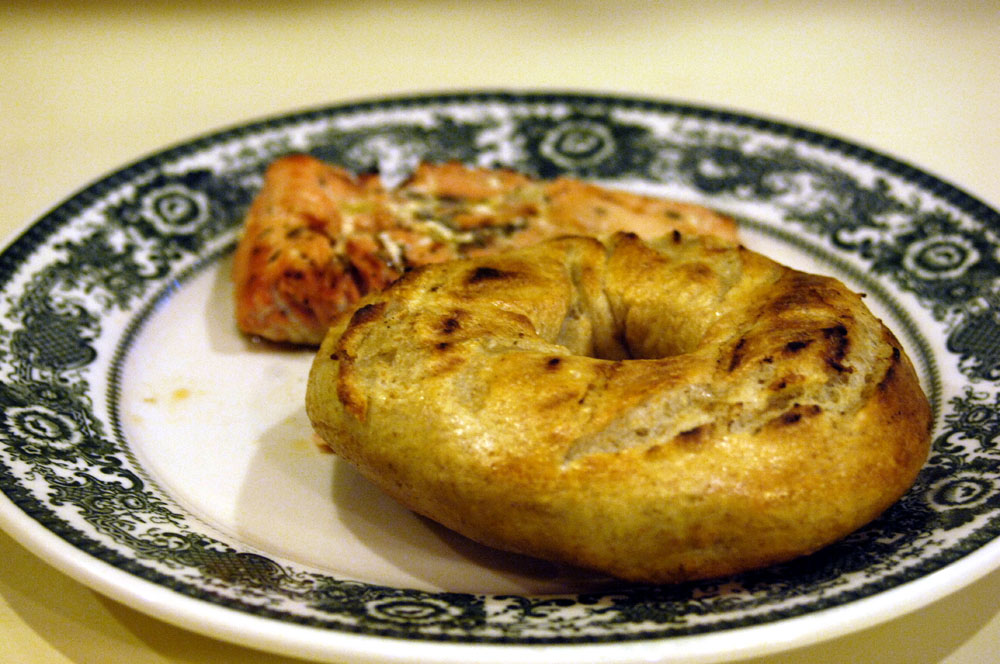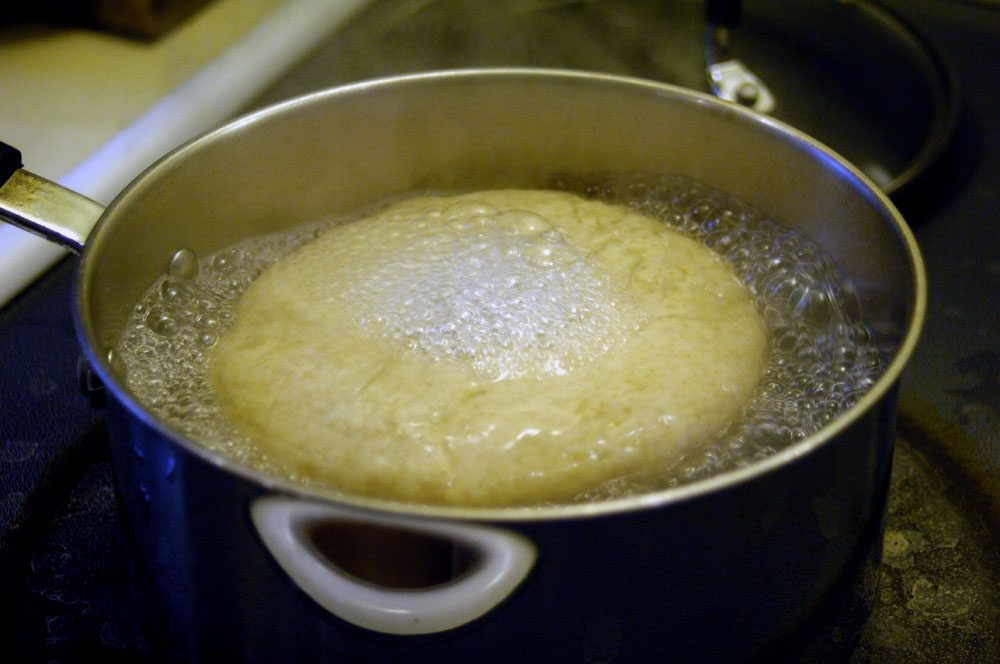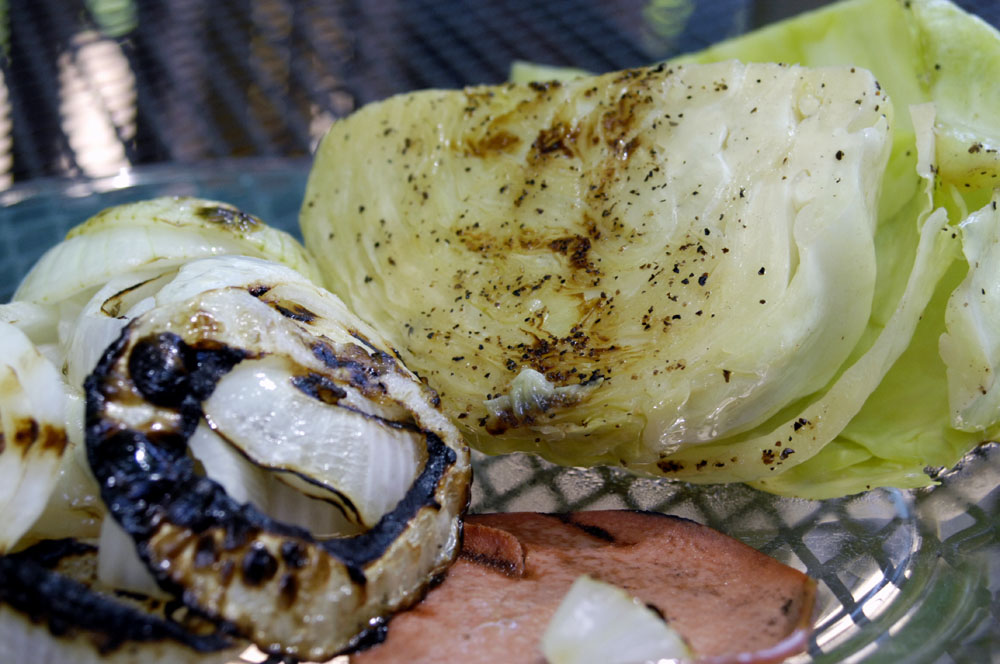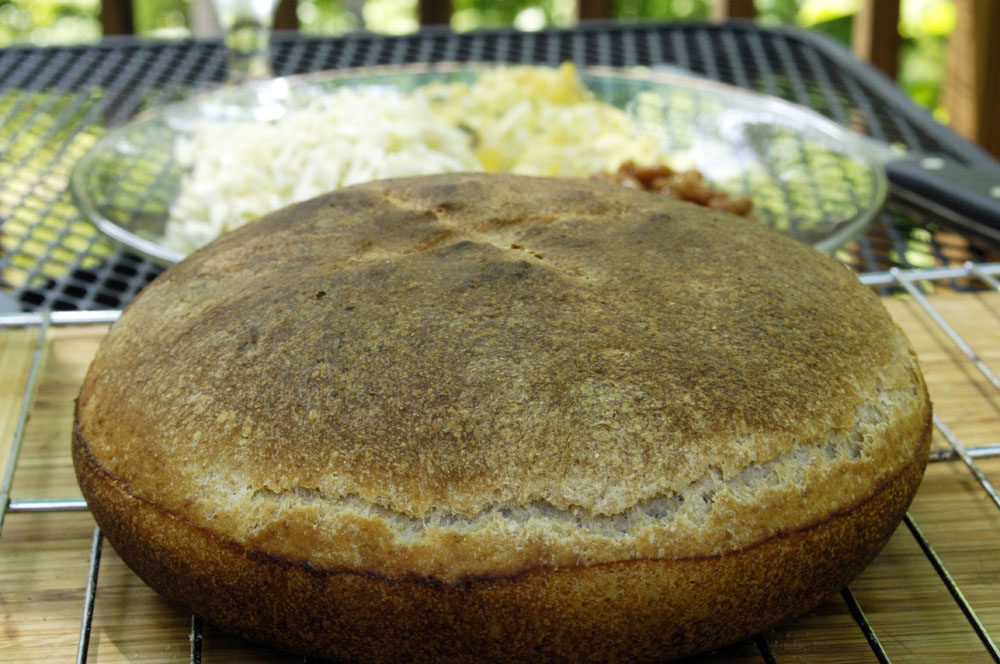
As every science fiction fan knows, this year is the 50th anniversary of Frank Herbert’s Dune, first published in 1965. I am pretty sure that I read it long, long ago — so long ago that I’ve forgotten. But the 50th anniversary seemed like a good time to read it again.
The writing is driving me crazy. I don’t know why I am so sensitive to quirky writing styles, and so intolerant. I fling many books against the wall after five or ten pages because either the writer doesn’t know what he or she is doing, or because the writer wants a unique “style” — which really just means quirky.
Frank Herbert’s quirk is asyndeton — the omission of conjunctions between parts of a sentence. Now, lots of good writers (and speakers) use asyndeton sometimes. I believe I did it once or twice myself in Fugue in Ursa Major. But a writer — even if he’s now dead — deserves to be strangled if he pretty much omits conjunctions altogether and gives you sentence after sentence, page after page, chapter after chapter, of asyndeton, asyndeton, asyndeton. (Can you espy the asyndeton in the previous sentence?)
It’s like watching a speaker who’s being pestered by a fly, and every so often he slaps at it. Or it’s like listening to a speaker who has the hiccups. Pretty soon, all you can think about is when the next slap or the next hiccup is going to come, and you’re completely distracted from whatever the speaker is trying to say.
Here are some examples from Dune, just from the first few pages:
Paul sensed his own tensions, decided to practice one of the mind-body lessons his mother had taught him.
When dawn touched Paul’s window sill with yellow light, he sensed it through closed eyelids, opened them, hearing then the renewed bustle and hurry in the castle, seeing the familiar patterned beams of his bedroom ceiling.
He studied the tallness of her, saw the hint of tension in her shoulders as she chose clothing for him from the closet racks.
Paul sat up, hugged his knees.
Jessica crossed to the window, flung wide the draperies, stared across the river orchards toward Mount Syubi.
Jessica’s hand went to Paul’s shoulder, tightened there.
Had enough? All those examples come from just two pages, and it’s not even all of the asyndeton on those two pages.
I’m trying to decide whether to keep reading or not. Herbert’s heirs and publishers ought to come out with a revised edition — with conjunctions.
An aside: Frank Herbert, like me, used to work for the San Francisco Examiner. Herbert worked as an editor on the copy desk during the Dune years. Many of the Examiner old-timers remember him. I ought to ask some of those old-timers if they remember how Herbert felt about conjunctions.
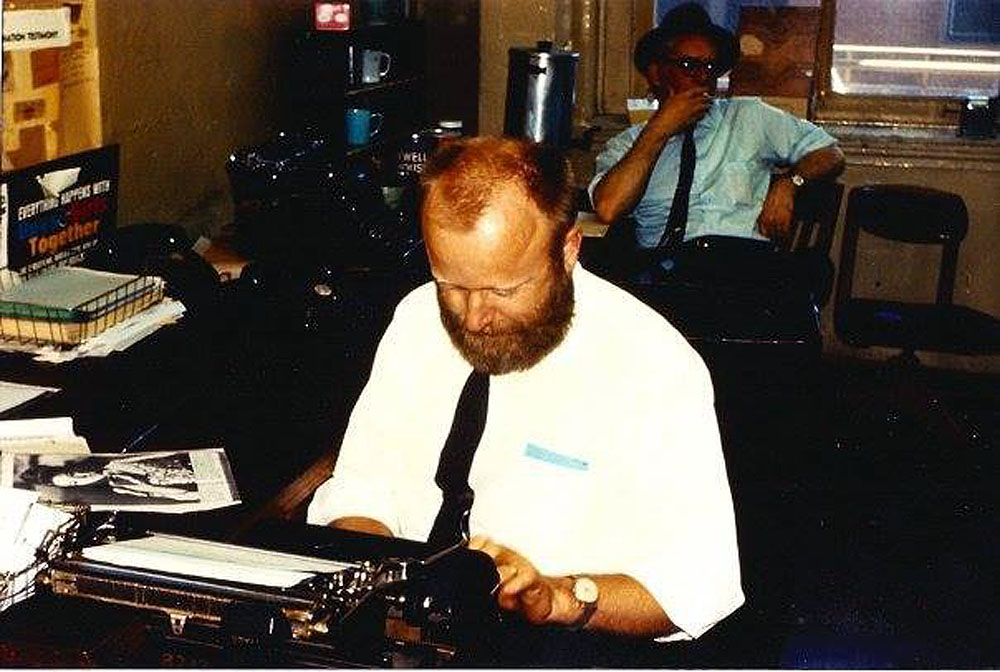
Frank Herbert at the San Francisco Examiner, sometime in the 1960s
Update: I posted a comment in the Facebook group for San Francisco Examiner alumni, asking why someone on the copy desk didn’t teach Herbert the value of conjunctions. One of the responses I got from someone who knew him was: “I think ideas and invention concerned him more than literary style. Particularly his interest in ecology.”
Someone also posted the above photo of Herbert.


